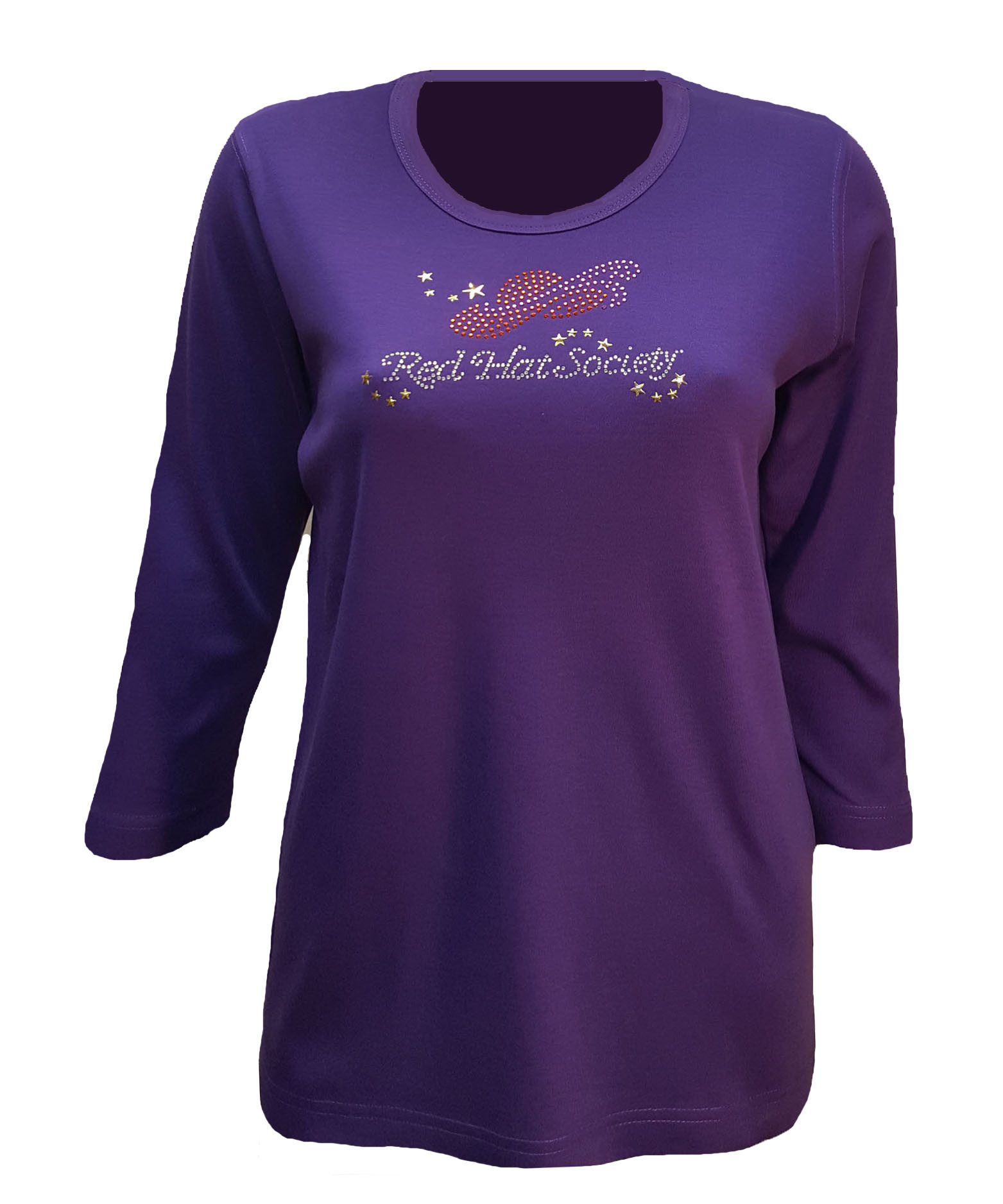
Getting permission to use the logo of other businesses is essential because doing so provides your party with legal protection from trademark infringement. Trying to replace a company's logo with your own goes against the company's written policy and is never allowed without a written agreement. A policy may indicate that the retailer or reseller can never change the trademark or corporate logo appearing on company products. More than that, trademarked companies often have resale policies for their products. However, even then, third parties cannot use logos as part of their marketing campaigns without a specific agreement. Depending on the company, the logo program may state any specific requirements and technological compatibility, company relationships, and program membership information.

In certain cases, a person or company involved in logo programs give third parties standing permission to use their trademarks. Third parties should never use someone else's logo without a licensed agreement, including program and corporate logos. Include a description of why you are asking and how the logo will be used. To get permission and avoid trademark infringement, write a letter to the trademark owner. A person or company should never use a trademark or logo without written permission from its owner.


Other than these two instances, you should never assume you can use a trademarked logo. You need permission to use a logo unless it is for editorial or information purposes, such as when a logo is used in a written article or being used as part of a comparative product statement. Using PNG or any other file type may mean your logo will appear pixelated and blurry.Updated September 6, 2021: Can You Use Logos Without Permission?Ī logo or trademark is any photograph, word, or symbol used to identify a brand, service, or product. Like we said earlier, leaving margin space is essential to ensure your items don’t look crowded by your logo.Īnd, make sure to use your EPS logo file to ensure your logo is printed in high-resolution. If it’s too large or too small, it will look out of place. If possible, order at least one item beforehand so you can see if your logo aligns well with the item and if the size is okay. So, this is an ideal option if you’re on a budget, but be warned that it may not last long. It’s the cheapest option compared to the others, but the vinyl stickers can peel off when the clothes are washed in hot water. This method involves creating vinyl stickers with your logo design and then transferring it onto the fabric. Plus, unlike digital printing, the colors are much more vibrant and extremely durable. It’s an excellent method to use if you need to order large quantities of items like t-shirts and bags. Instead of stitching, screen printing uses a stenciled mesh screen to create the logo design and then presses ink onto the fabric through it. For the best results with embroidery, use clothing items with thicker fabrics like baseball caps, polo shirts, hoodies, and jackets. And when it comes to the actual printing method, well, there are a few different ways you can do it.Īfter your logo has been uploaded to a piece of specialized software, it’s transferred to a stitching machine that automatically takes care of embroidering your logo. With all that in mind, here are the file types you need to have in your arsenal:īrands love to print their logo on popular items of clothing, like hats, hoodies, t-shirts, etc. Not all logo files allow you to use transparent backgrounds, so we’ll let you know which ones to use below. When your logo has its own background printed onto the item, it won’t look as professional.

To get the most out of your printed item, use a transparent logo. You’ll need a transparent version of your logo if you ever run into such an issue. Printing your red logo on a red t-shirt means your logo is hard to see. It’s also an excellent idea to be aware of how your logo colors contrast with the printed item. Printing on anything with a curved surface, such as a travel mug (for when you’re on the go), can cause your logo to become warped-in which case, you can shrink your logo to avoid this issue.ģ. Before you can print your logo on anything, you need to make sure you have it in the correct file type (Note: When using our logo creator, you’ll automatically receive print-friendly files), and that your logo is a good fit for the item you want to print on.Ģ. Glad you asked! If you want to ensure your items have the highest quality, you need to use a file that’s up to the task.


 0 kommentar(er)
0 kommentar(er)
